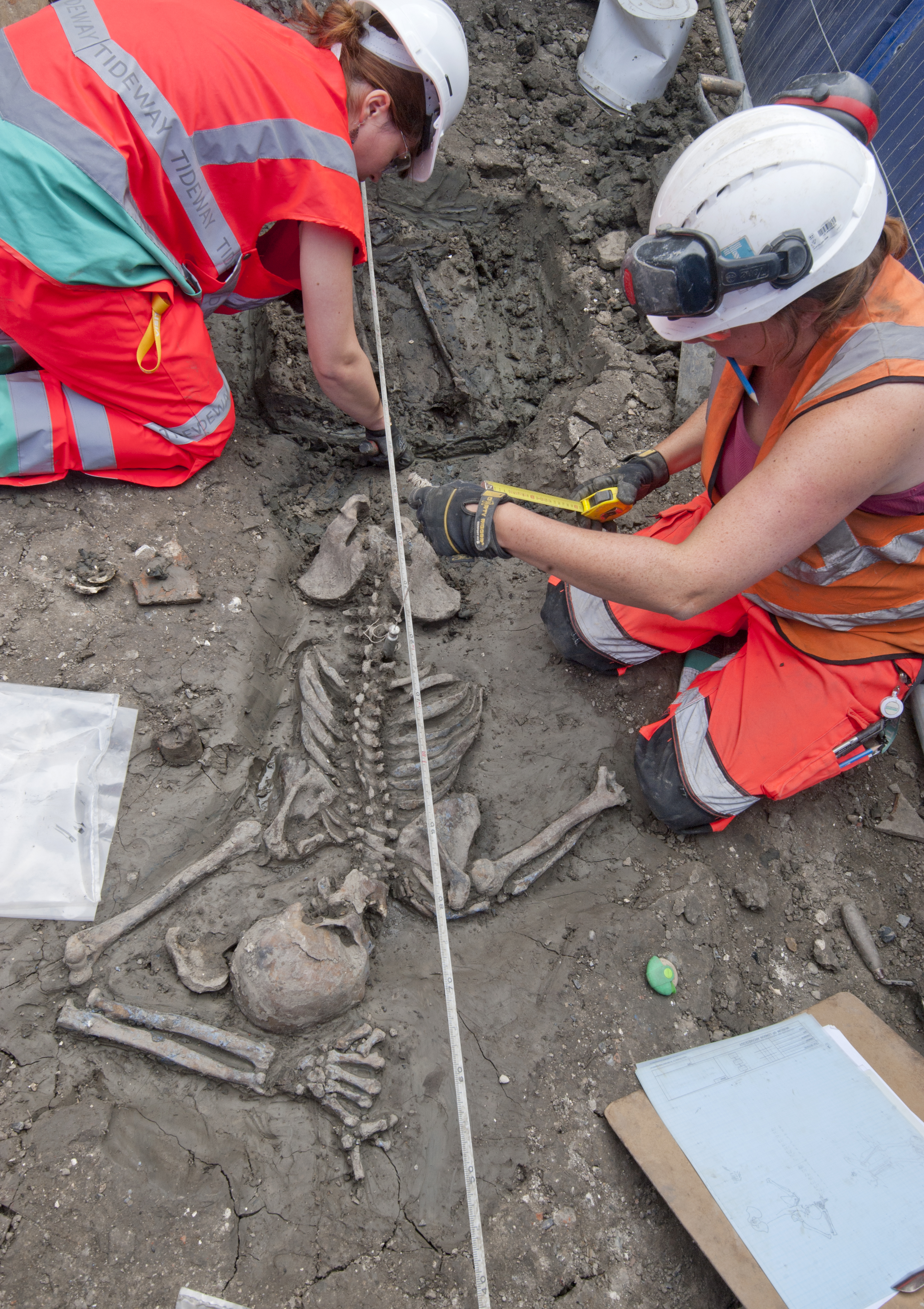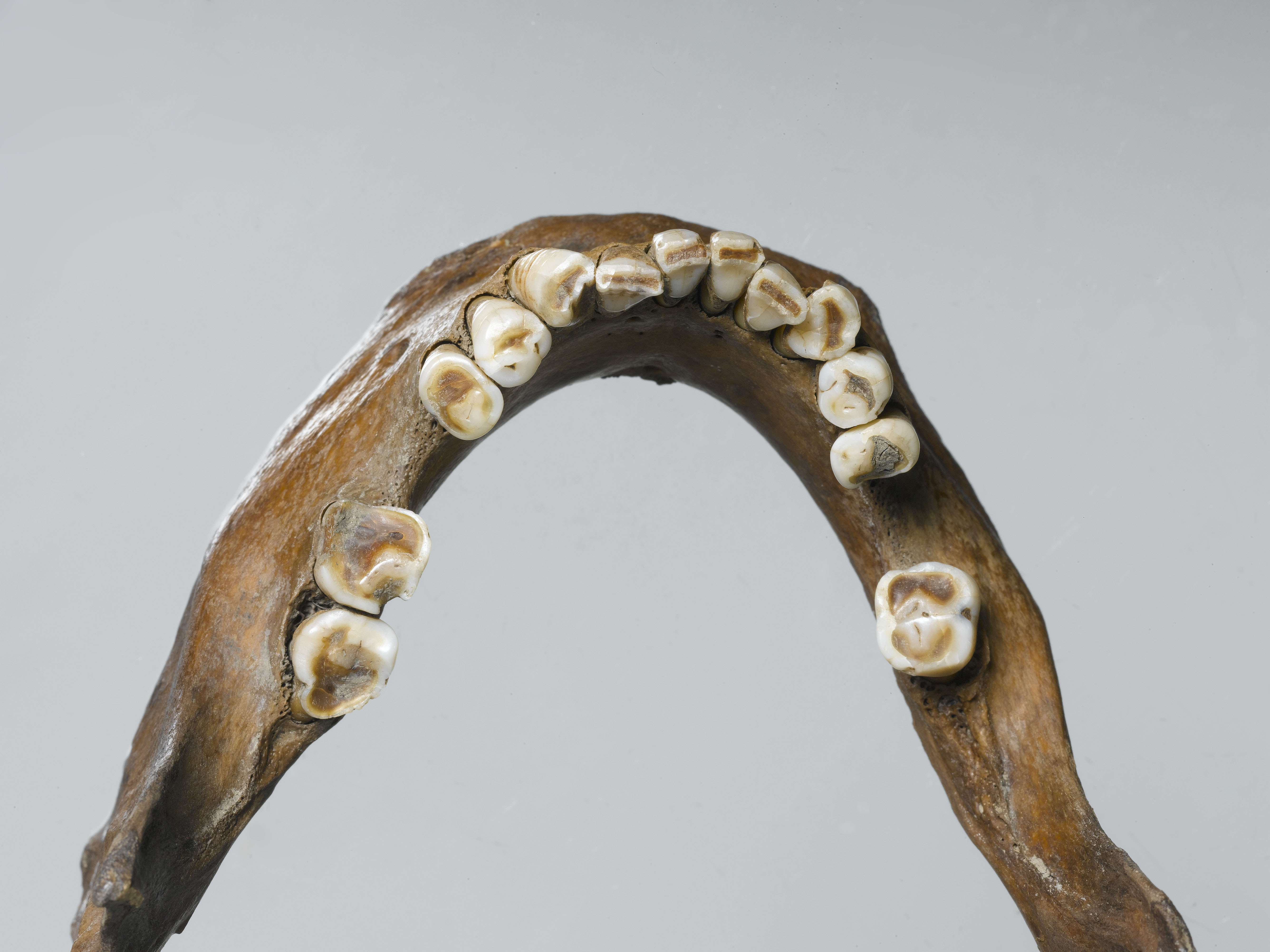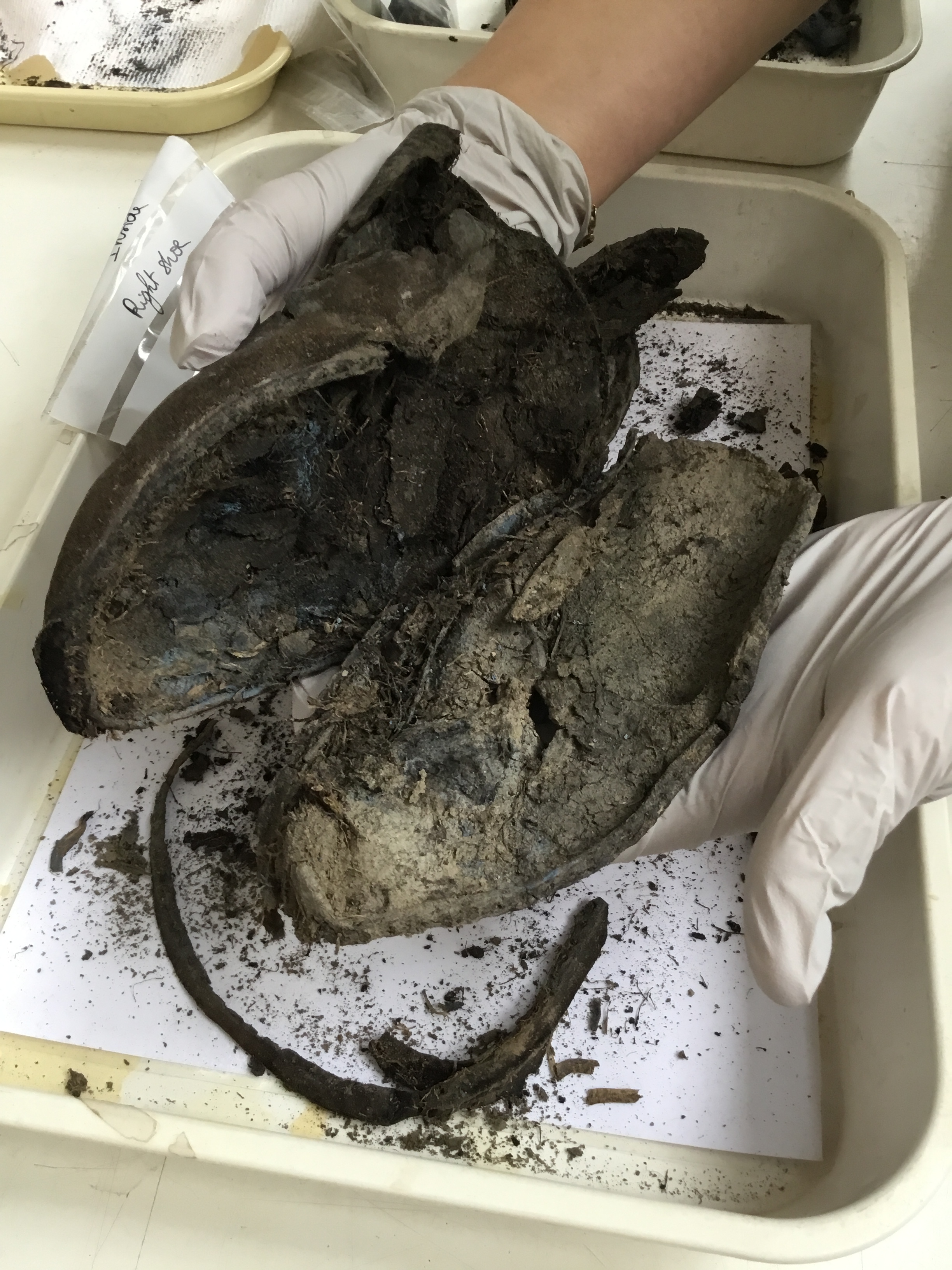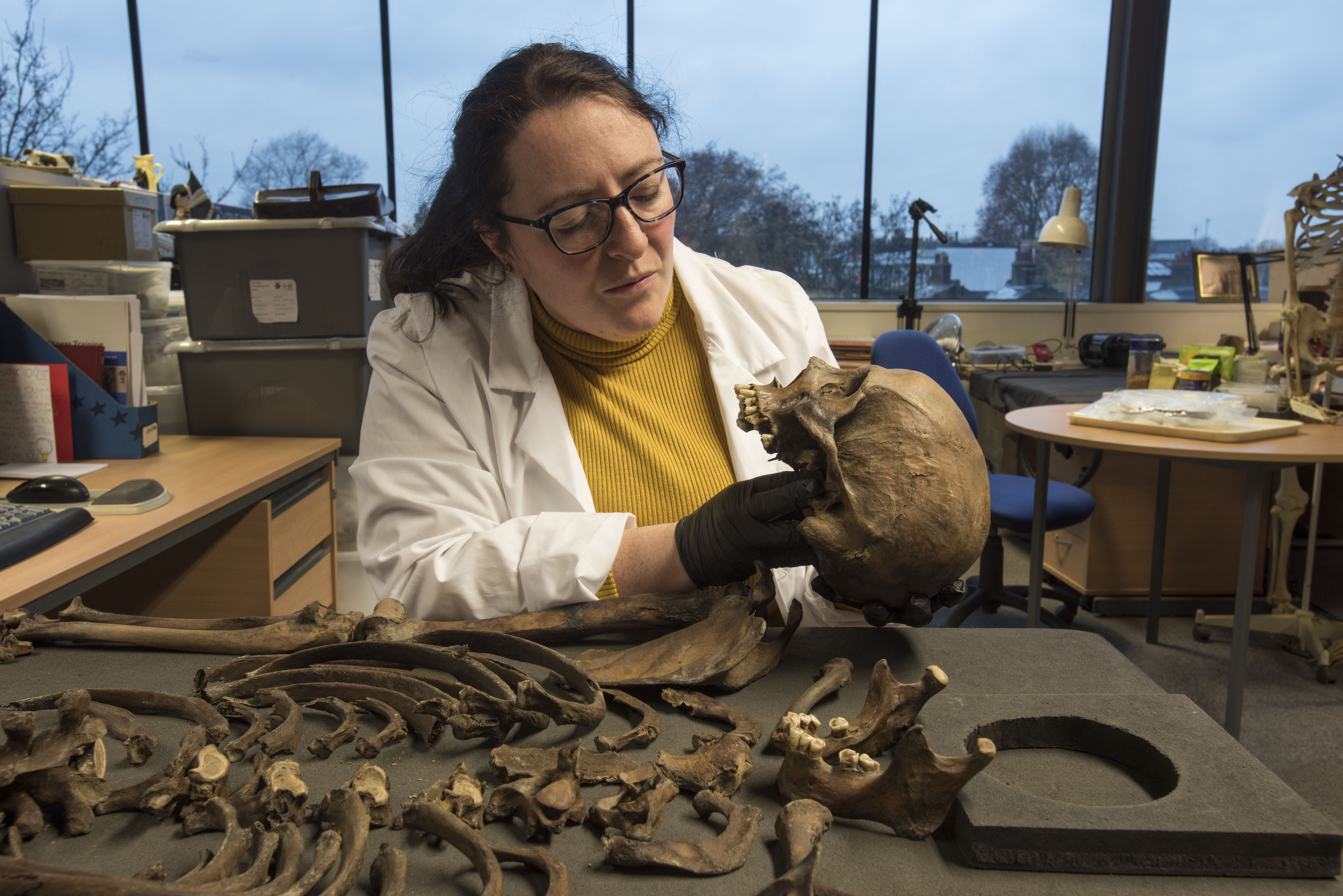Photos: 500-Year-Old Body of Man with Thigh-High Boots
A grim discovery

Archaeologists unearthed the skeleton of a man who may have met a tragic end on the banks of the Thames River in London 500 years ago. [Read more about the discovery]
Sewer construction

The grave was found during construction for the Thames Tideway Tunnel, which is designed to keep London's sewage from overflowing into the Thames River, and expected to be completed in 2024.
Dirty boots

The man's thigh-high leather boots survived some 500 years buried in the waterlogged soil.
Labor left its mark

The man's teeth had deep groves, which might be an indication that he had to hold ropes in his mouth for work, perhaps in a job as a sailor or a fisherman.
Boots made for water

If the man indeed worked on the water, that would also explain why he was wearing boots that would have kept his legs dry past his knees. The shoes had reinforced soles and extra padding, perhaps to keep him warm or to make the boots fit better.
Clues in the bones

An analysis of the man's bones suggests he may have been younger than 35 but he likely suffered osteoarthritis, perhaps from a life of repetitive work.
A tragic death?

Archaeologists may never be able to know how exactly the man died and how he ended up buried in the muck on the shore of the Thames. However, his splayed position and the fact that he was still wearing expensive boots suggest that his death might have been an accident, perhaps a drowning.
Sign up for the Live Science daily newsletter now
Get the world’s most fascinating discoveries delivered straight to your inbox.










